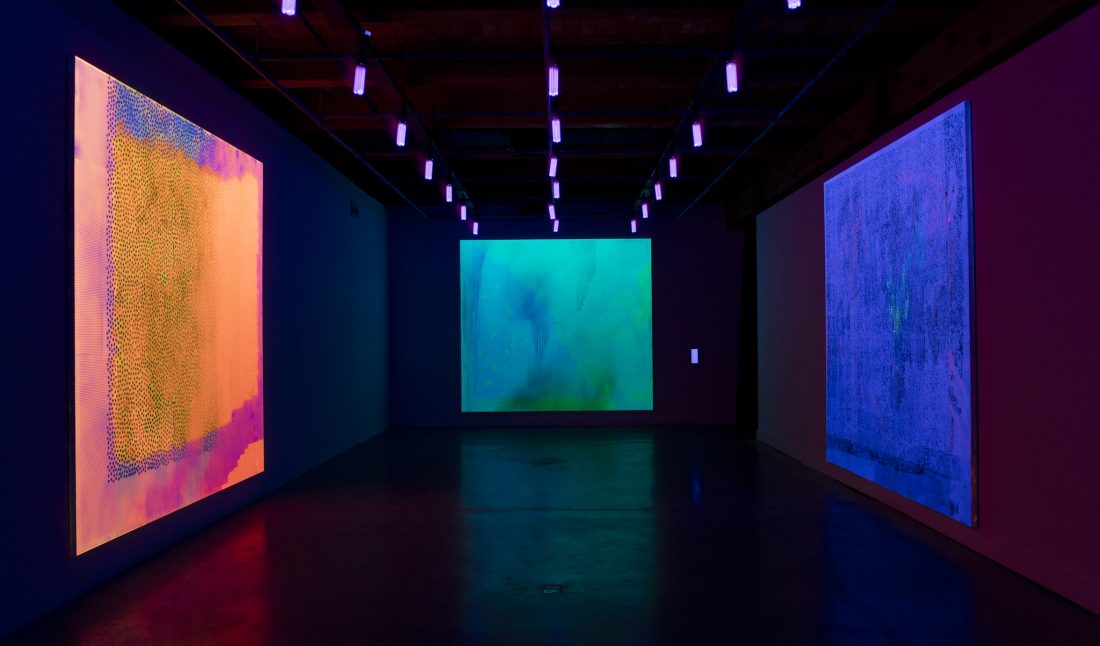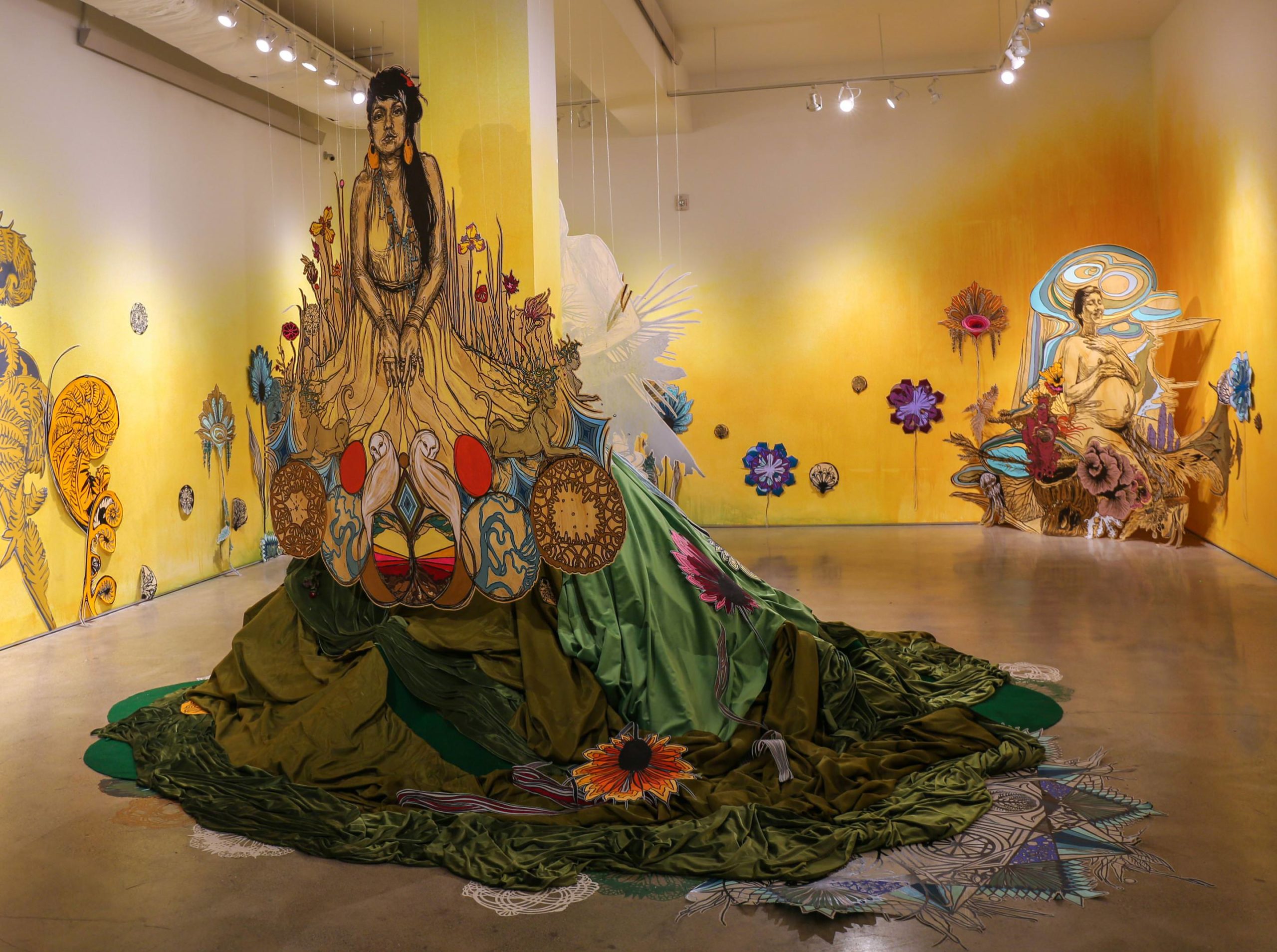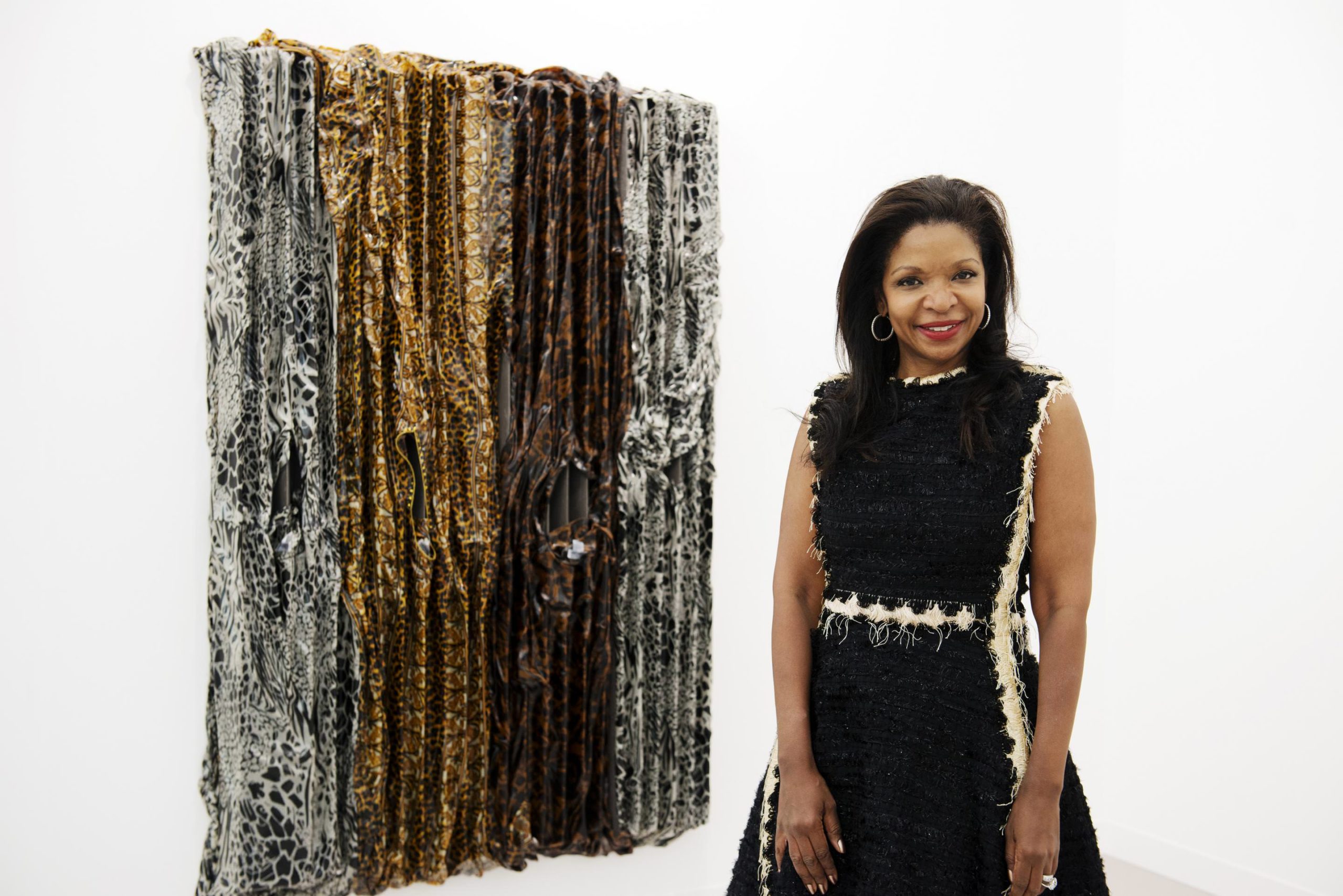For Whitewall’s summer 2016 Design Issue, we spoke with the Director of the Contemporary Arts Center New Orleans, Neil Barclay.
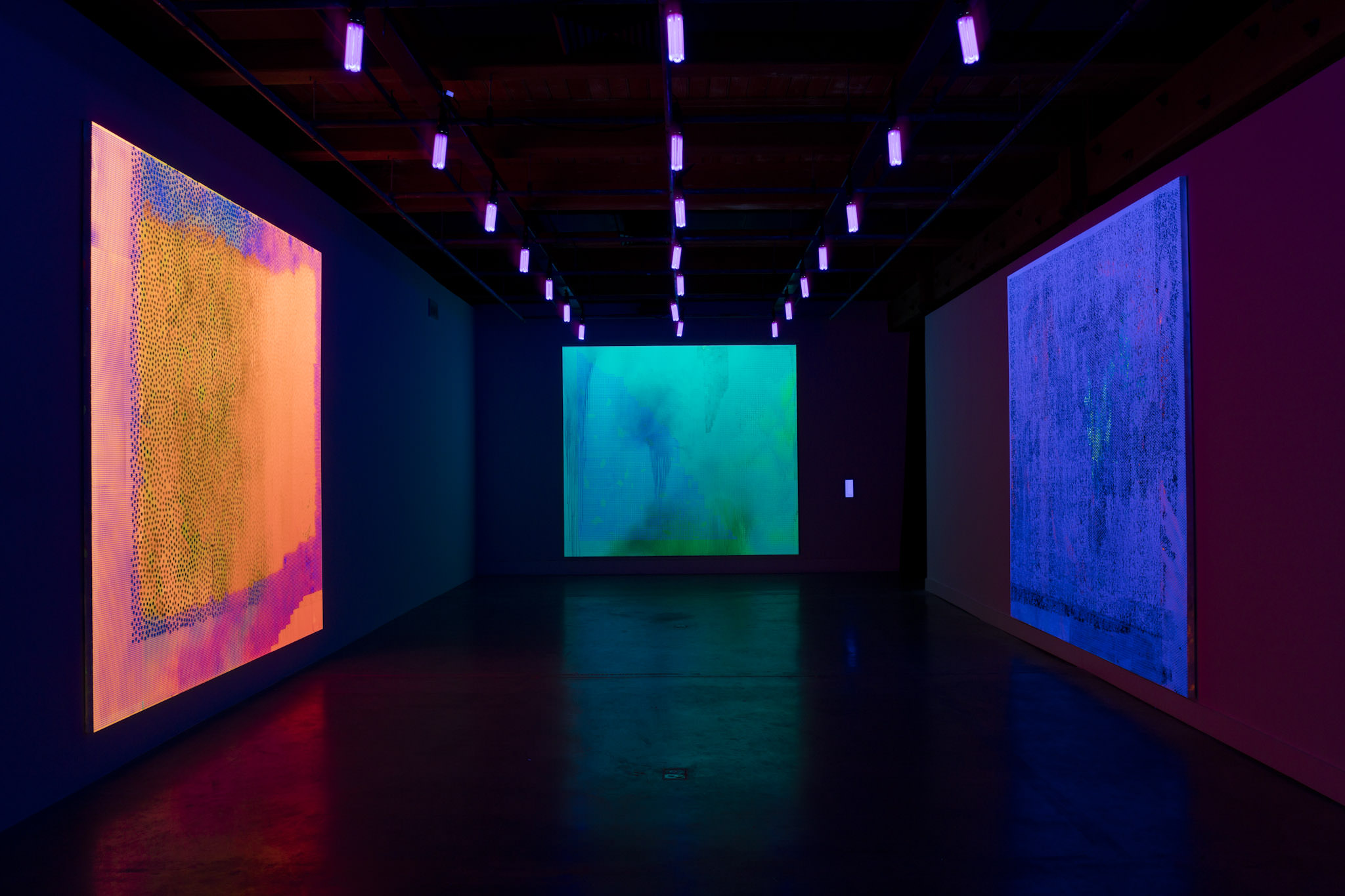 How to Build a Forest
How to Build a ForestWHITEWALL: This year the Contemporary Arts Center (CAC) New Orleans celebrates its 40th anniversary, having been originally founded by artists. What does the anniversary mean for the museum?
NEIL BARCLAY: I really think we’ve come into our own over these 40 years. We’ve gotten better and more stable. I’m not sure if that’s true of every organization that started like ours.
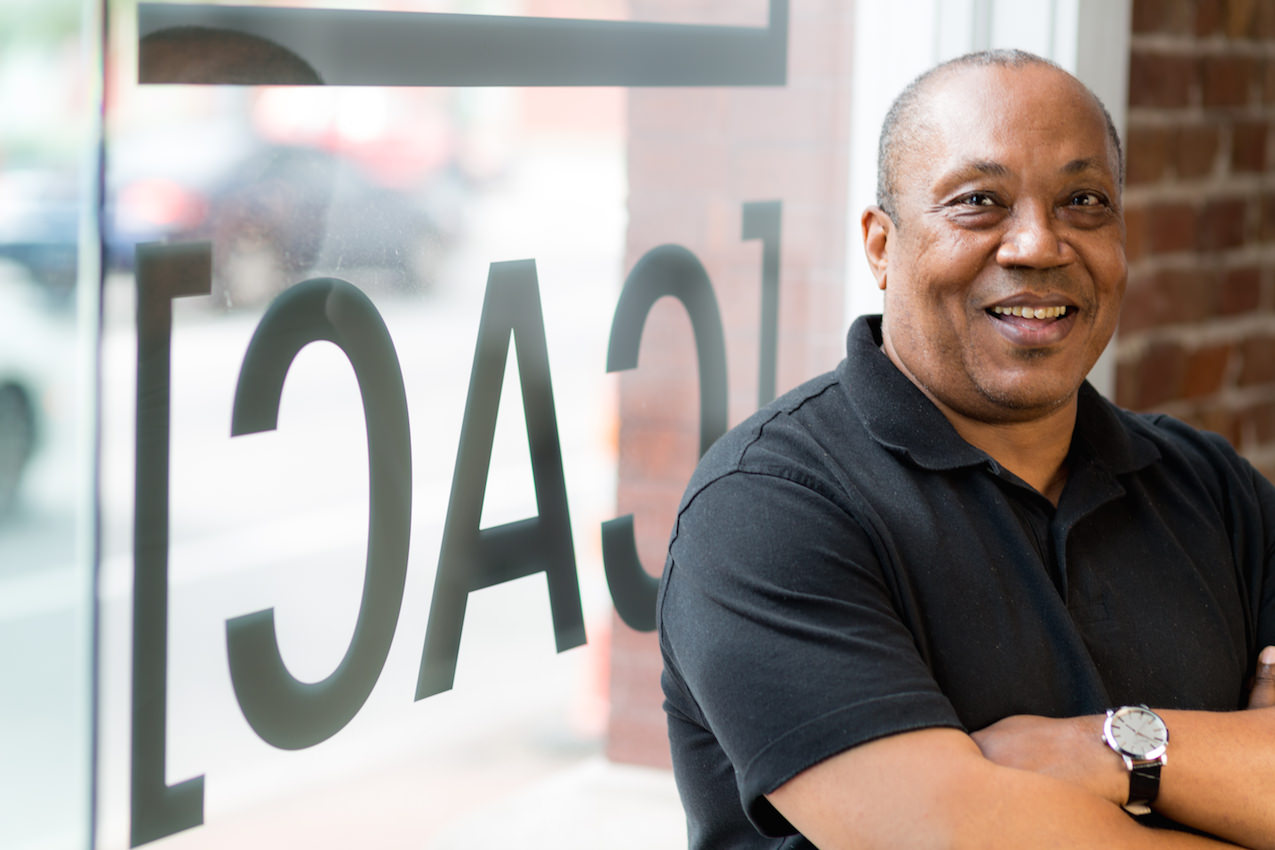 October 23 – 29, 2015
October 23 – 29, 2015Originally, it debated being a performing arts center or a visual arts center. In the end, it landed on this multidisciplinary model, which now is what everybody’s talking about. There were a number of spaces that were founded like this—by artists—around this time in the mid-seventies, but I’m just not sure how many of them are still around.
WW: Are there aspects of that original mission that you want to get back to or try to stay true to, like making sure that artists of New Orleans better benefit from the CAC?
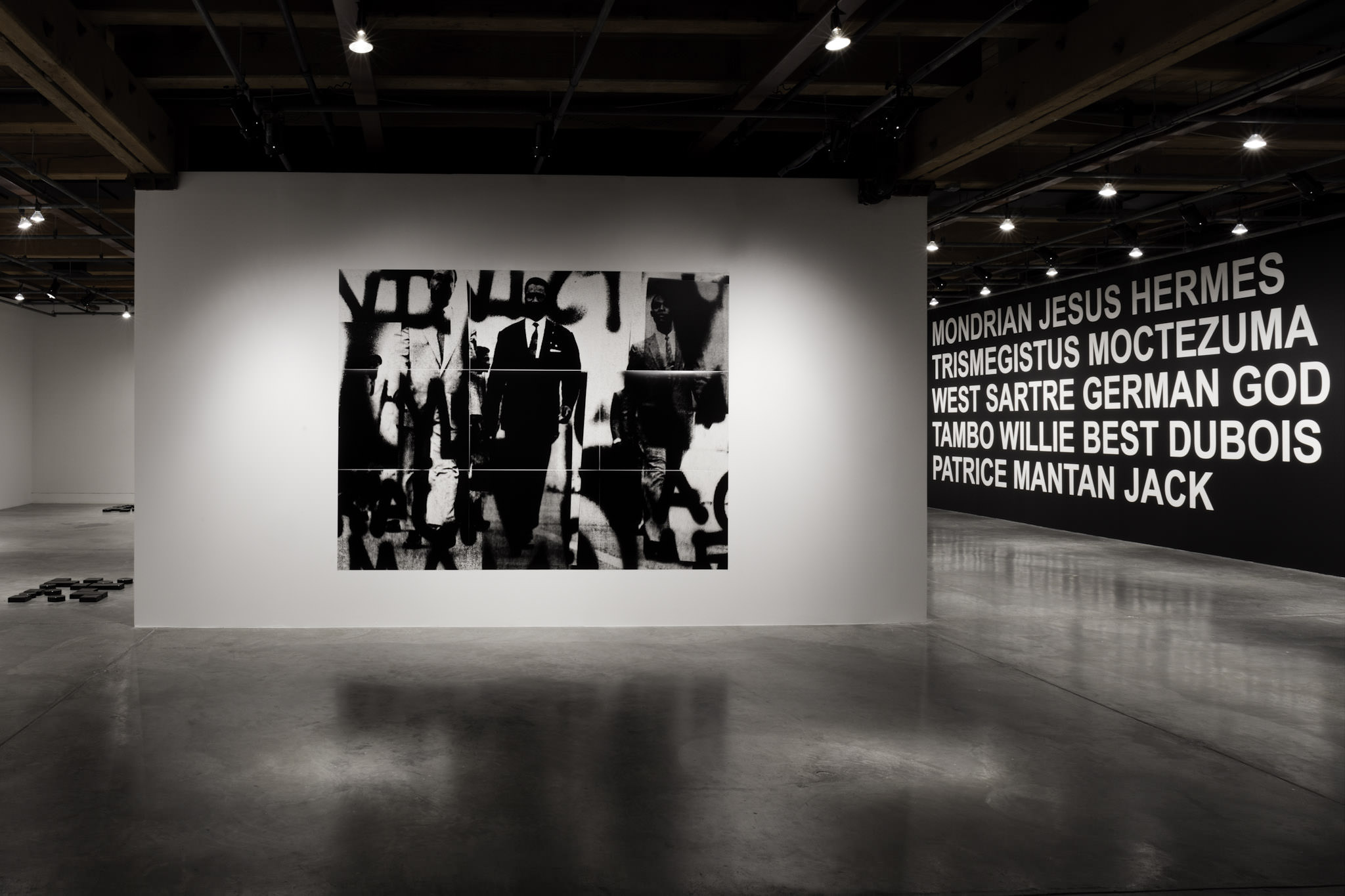 Photo by Paula Court
Photo by Paula CourtNB: The initial instinct was to be a place for these artists to work and to realize their creative ambitions. As we’ve grown, we certainly have always had New Orleans artists in exhibitions and performances. But since I’ve been here (about three years now), I’ve really tried to bring this community into national and international conversations around art and artmaking. So we’ve seen a lot more of people from the outside. I think for the 40th, and moving forward, what we’ll see even more of are artists actually from this community, who are working and living here, more prominent in the overall programming.
One of the other things that these artists wanted, from the beginning, was a source of inspiration; a place where they could go and see things that would really fire their own imaginations and their own practices. That’s the part that we have dealt with in these first few years of my tenure. Now, I think it’s important that we bring the local artist community and their own creations even more directly into the work that we’re doing.
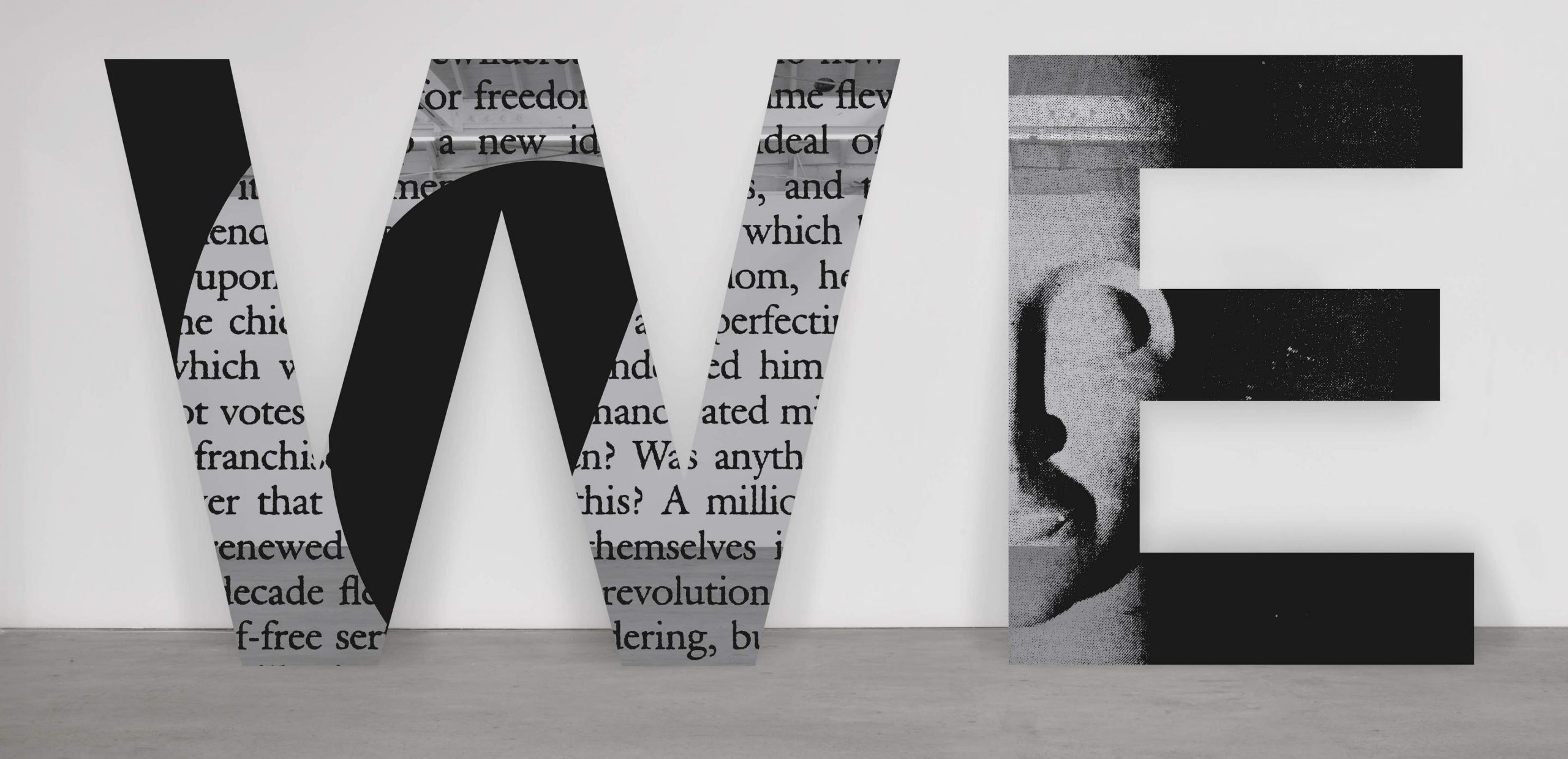 Courtesy of the CAC, New Orleans
Courtesy of the CAC, New Orleans
WW: How would you describe the arts community of New Orleans, be it visual arts or performing arts?
NB: The New Orleans Museum of Art (NOMA), the Museum of Southern Art, us, and the Newcomb Art Museum are the major exhibitors of contemporary work here. And there are a number of artist-founded spaces that are growing by leaps and bounds. And we have a pretty vibrant commercial gallery scene, like on Julia Street, a block over from us. So it’s becoming multifaceted.
But the good thing about New Orleans for artists is that the cost of living here has not gotten so ridiculous that they can’t live here and work and make art the primary focus of their lives. I think that’s still possible here. Which is really exciting. It feeds a kind of energy and vibrancy that you don’t have in a lot of places. Everything’s still possible in New Orleans.
WW: Since joining the CAC in 2013, a big goal for you was to get more local people in the door. So what has been successful at getting people in the door?
NB: We’ve always had a loyal core audience. But we thought we could do more. So we try to do public programs like films and lectures—contextualizing events that allow people to learn and understand more about the work that we’re doing. That has brought a lot of kinds of people through the door. The other side of it is I wanted to get an audience that looked more like New Orleans. New Orleans is a very, very diverse city. Not only black and white, but a large Vietnamese community, an increasingly large Hispanic community, and these were people that didn’t really come through our doors. So, with the grant that we got from the Wallace Foundation, as well as the work that we’ll be doing with the Mellon Interdisciplinary Grant, we are attempting to bring in different kinds of publics through the door that really feels like New Orleans and not just another kind of hipster contemporary arts organization where only people who are in “the know” are there. It’s really a part of the community and a gathering place. We’re working hard on that idea, too, I think.
WW: The museum’s new visual arts curator, Andrea Andersson, worked on the current Adam Pendleton show (on view through June 16). Can you tell us about that?
NB: It’s the largest solo museum exhibition of Adam’s work in the United States and it’s on all three floors of our building. It includes his abstract paintings, some of his wall drawings, film work, and performative work on film. The opening days of the show had performances that are in conversation with the pieces he’s bringing in for the exhibition. It’s the kind of show our building is made for.
This article is published in Whitewall‘s summer 2016 Design Issue.






